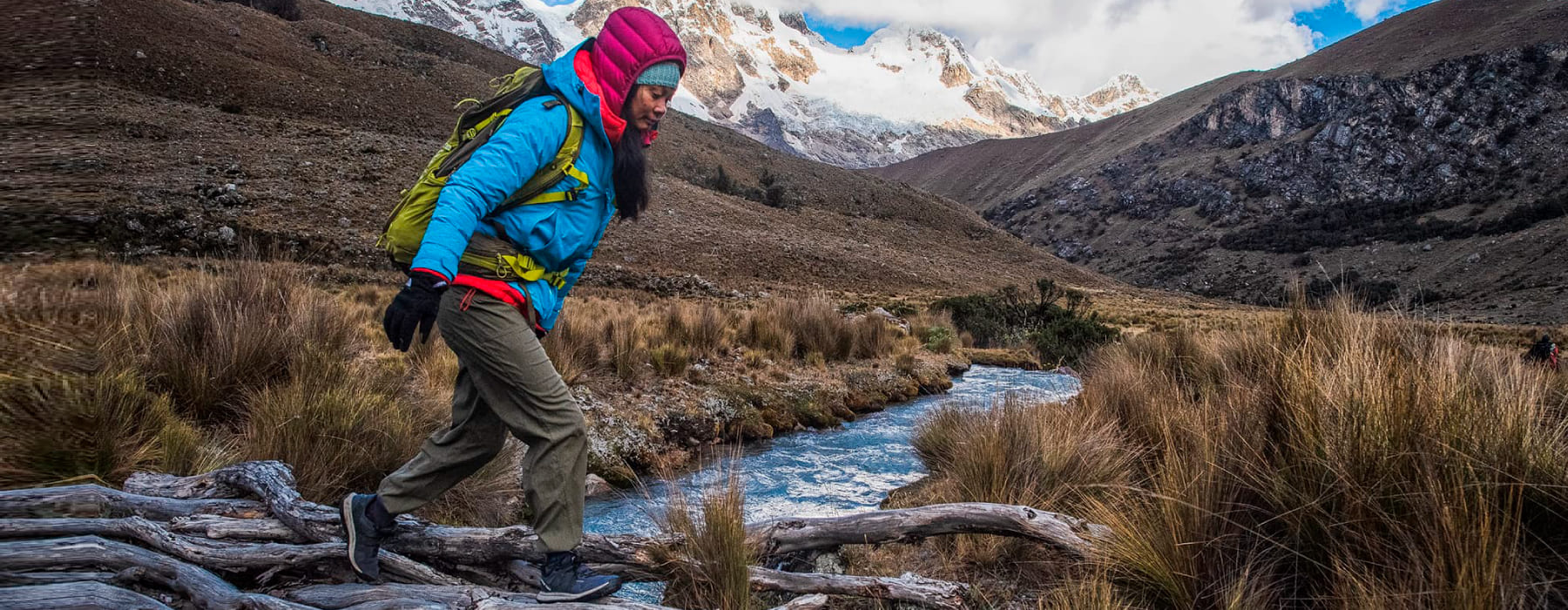
You don’t have to be climbing the highest mountain in the world to encounter altitude sickness. Anyone hiking, trekking, or just hanging out several thousand feet above sea level can be affected. Most cases of altitude sickness are mild, but some can be fatal. Symptoms usually appear hours after arriving at a high-altitude location. They include headache, nausea, shortness of breath and, in addition, inability to do physical activity. Mild cases resolve within one to three days. Severe cases may require oxygen, medication, and transfer to a lower altitude.
Altitude sickness is a physical discomfort that usually occurs when visiting a place located at a high altitude. In Peru, the destinations at the highest altitudes are Cusco, the Colca Canyon in Arequipa, Huaraz or Puno. The Mountain of Colors Palccoyo in Cusco at 4900 m.
Altitude illnesses come in three variations, the last two of which can turn fatal:
To delve into these topics, consult a medical professional or take a course taught by a certified instructor. This article provides an overview of diseases caused by heights:

When you feel symptoms of altitude sickness, your body is reacting to getting less oxygen from the “thinner” air at higher altitudes than your body is used to. So why is the air thinner?
– Air pressure and oxygen levels: Air pressure depends on the weight of the air above you, so higher altitudes have lower air pressures. This lower pressure means that the number of all the molecules that make up each air lung is reduced, including the oxygen molecules.
– Acclimatization and the role of your hometown: 8,000 feet is often cited as the elevation where reduced oxygen intake can cause symptoms. Equally important is the altitude where you live, because your body has adapted to the level of oxygen available there.
So at that 8,000 foot elevation, a resident of a sea-level city like Lima will likely be affected more severely than someone who lives in Cusco, Puno. Additionally, sea-level dwellers may experience symptoms at lower elevations.
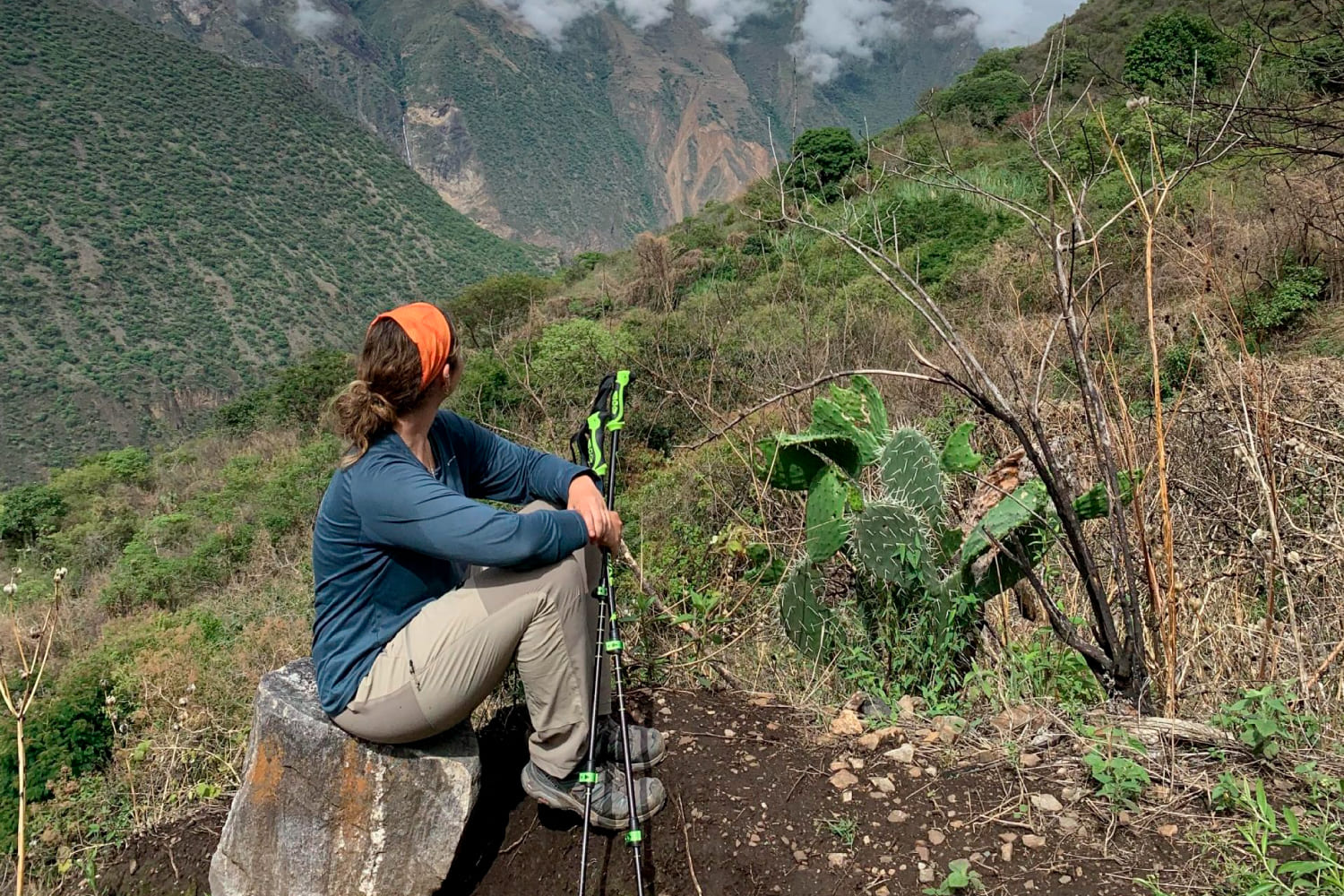
1.- Symptoms of acute mountain sickness
Whether constant or stabbing, a headache is a tell-tale sign that you have AMS. Victims will also have one or more of these hangover-like symptoms:
Treatment: The good news is that the body can heal this on its own. However, you have to give it enough time to adjust to a higher altitude. Go down to the last elevation you slept on without feeling symptoms. Then rest until you feel better.
2.- Symptoms of cerebral edema at high altitude
HACE initially presents as a moderate to severe form of AMS. Signs that brain swelling has started are confusion and impaired balance. Look for these signs:
Treatment: A person diagnosed with HACE should be immediately escorted to a lower altitude. Symptoms are unlikely to fully resolve simply by descending, so you should think about how to contact medical help as soon as HACE is suspected.
3.- Symptoms of pulmonary edema at high altitude
HAPE may or may not be preceded by AMS or HACE. Its initial symptoms are shortness of breath accompanied by a dry cough. Signs that the lungs continue to fill with fluid include:
Treatment: To avoid additional stress on the lungs, a person suffering from HAPE should be moved immediately to a lower elevation. If left untreated, HAPE can cause someone to collapse and die. Call a medical professional if symptoms persist.
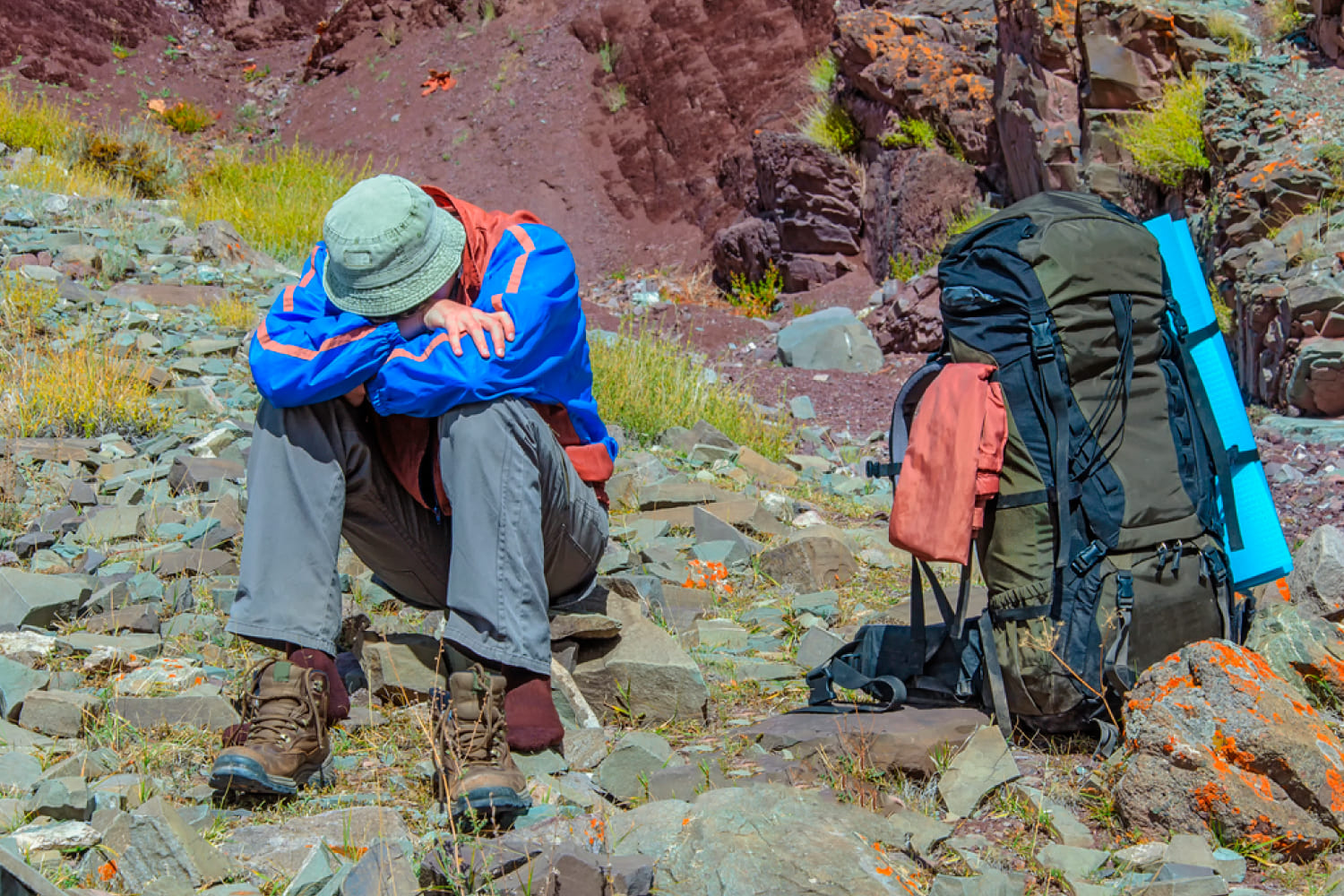
Over-the-counter remedies (ibuprofen, acetaminophen, and aspirin) help relieve headaches associated with AMS and HACE. However, it is not uncommon for a headache to persist after taking these medications. Also, the headache will usually resolve only after you’ve descended and / or given your body time to adjust to the higher altitude.
Medications like Diamox (acetazolamide) and treatments like pure oxygen are beyond the scope of this article. For more information on the scope of things to be supervised by a licensed physician, consult your physician.
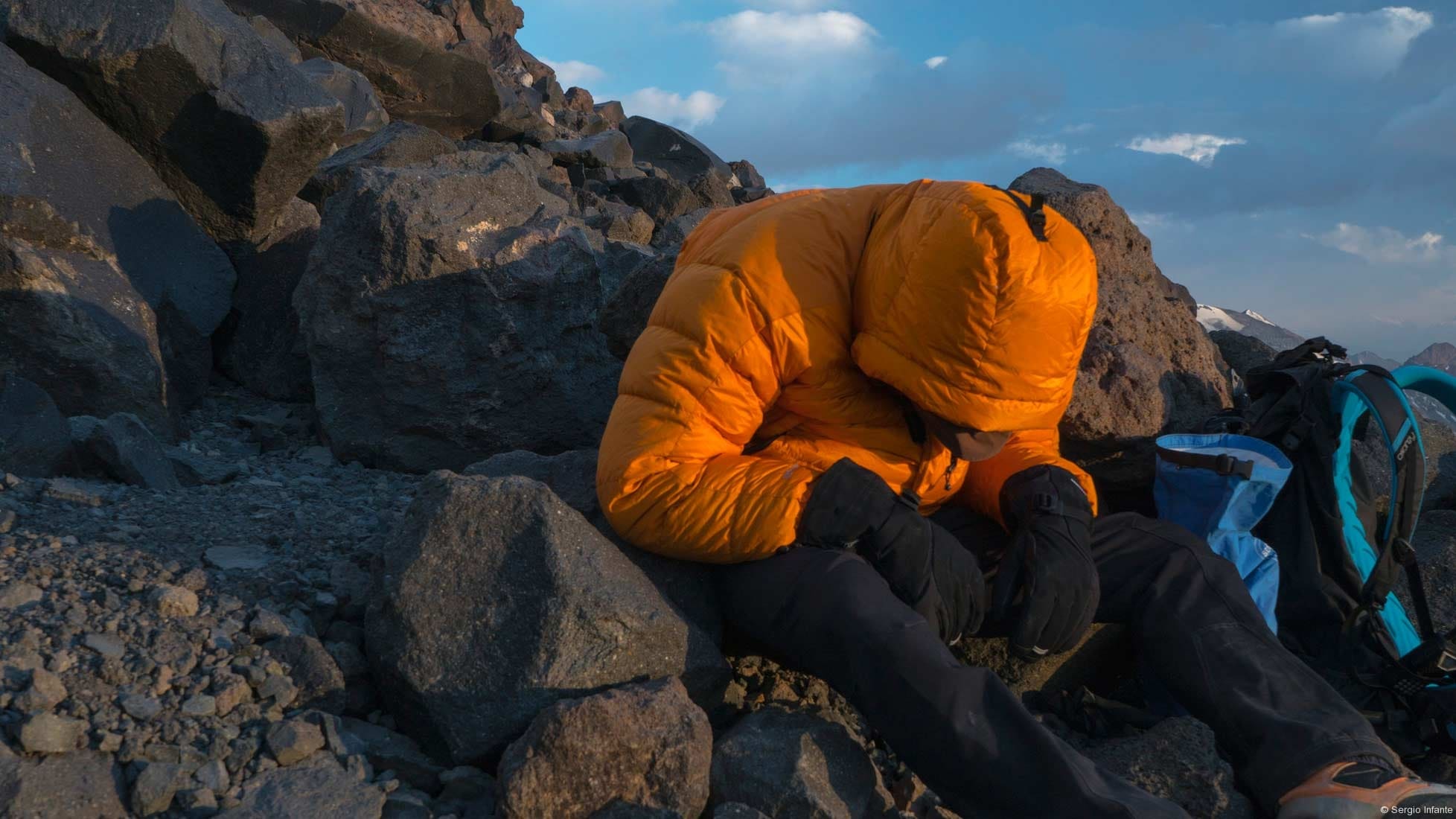
Not surprisingly, controlling altitude and ascent is key to avoiding altitude sickness. If you do this effectively, your body can adjust its physiology to function in rarefied air.
Acclimatization: It is remarkable how well we can adapt to altitude, if we give our bodies time to do so. Your heart rate and breathing will speed up, and your blood will develop higher than normal numbers of red blood cells. The rest of your cells also change slowly, so they use oxygen more efficiently.
If you give yourself at least two days to reach an elevation of 8,000 to 10,000 feet and then limit daily ascents to 1,000 feet, your body will have a better chance of adapting. Also note that sleeping altitude is key – you can climb higher on any given day as long as you go back down to an elevation that is postponed within this limit.
Everyone adapts at a different rate: you may be able to acclimatize faster than the previous rule of thumb, or less quickly. Age, gender, race, even your fitness level, do not conclusively correlate with faster or slower adaptation rates. Take your time and listen to your body.
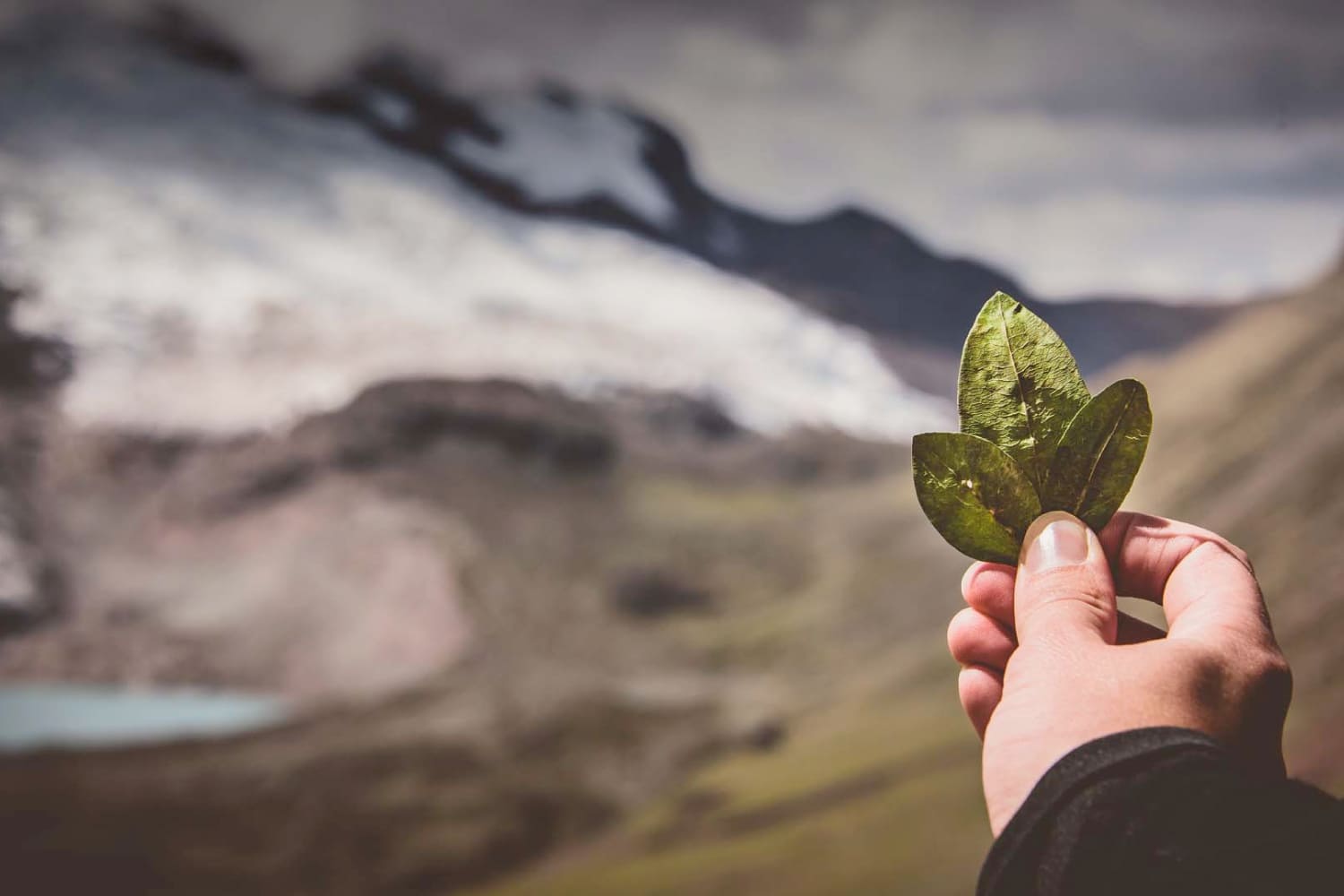

Enjoy an incredible vacation, in the heart of the Inca empire, Cusco, our travel program will take you to the most famous tourist attractions of Cusco, such as the Sacred Valley of the Incas, Machu Picchu, in very cozy hotels.

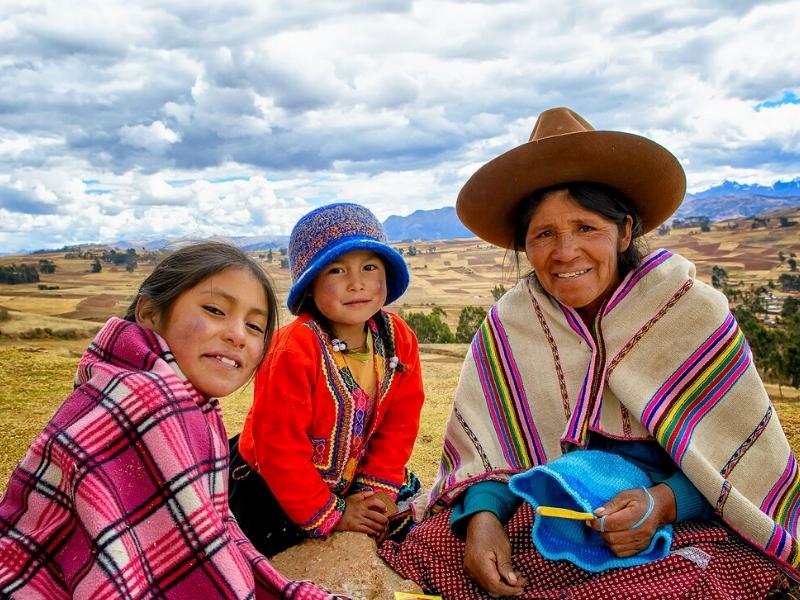
The top sights of Peru will leave all the family thrilled by the scenic grandeur, ruined temples, colonial cities, amazing inca trail to Machu Picchu, the Inca Lost City, once buried under the tropical forest which surrounds it.


Dive deep into the culture and landscapes of Peru with this adventure to Machu Picchu, the Amazon and more. Search for wildlife along jungle trails and rivers in the rainforest from a comfortable lodge then head up into the Andes to Cusco, the capital of the Inca empire.

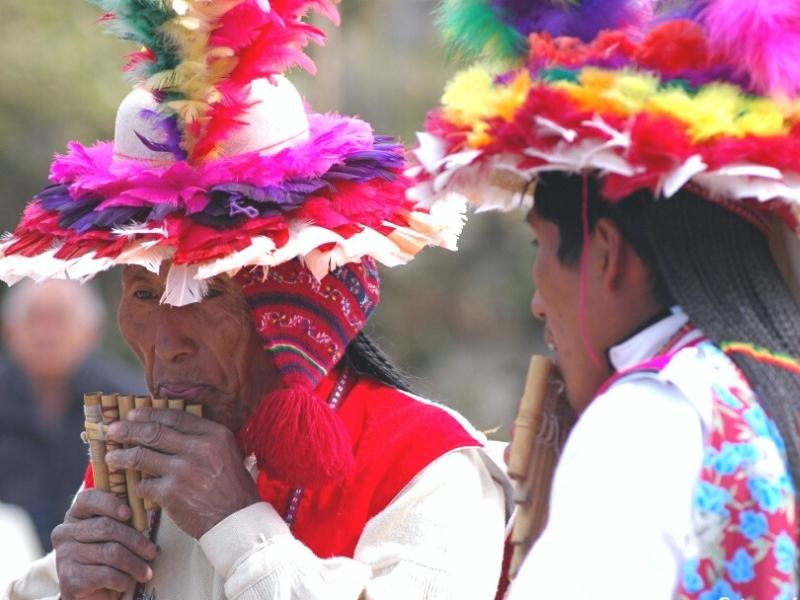
Sublime landscapes, wildlife, history, culture - Peru has more than its fair share. Its famed snow-capped Andean peaks shelter the temples and fortresses of the Inca and other pre-Columbian cultures, linked by a network of paved trails.


The classic Inca Trail hike to Machu Picchu is one of the world's greatest hikes. Along the 45 km you will explore unique andean valleys, lush mountain forest.An exquisite architecture of the Inca sanctuaries, which will dazzle you for its fineness and location within the Andes.
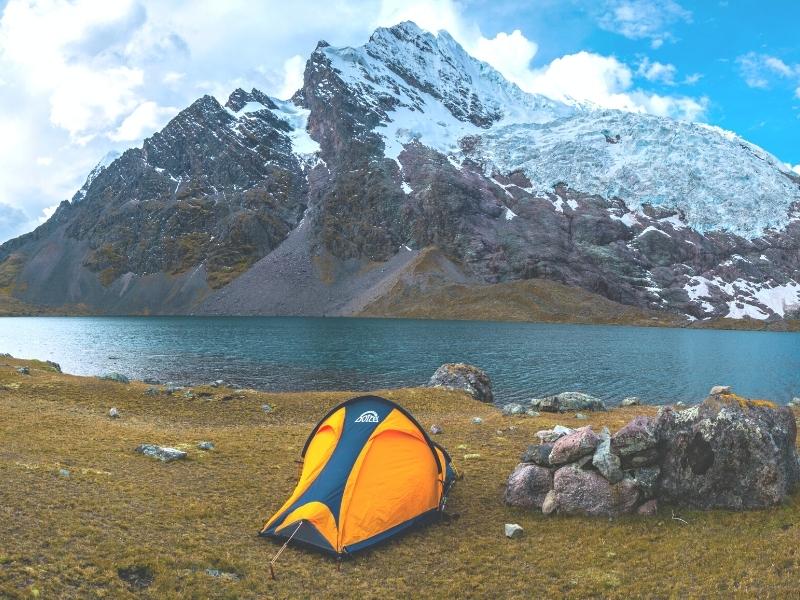
Ausangate is an excellent and quiet/remote trekking circuit offering stunning features such as spectacular mountain scenery, snow-capped peaks, hot springs, turquoise lakes, glaciers, herds of llamas, alpacas, and wild vicuña, picturesque villages, and traditionally dressed Quechua people.